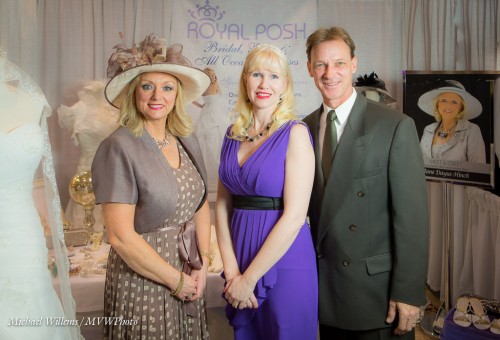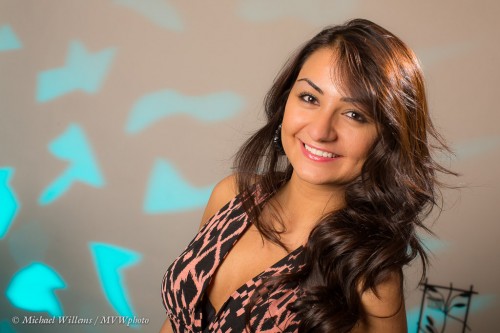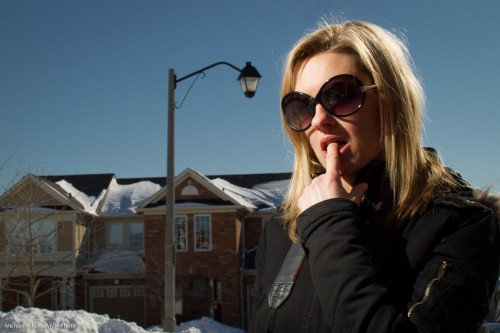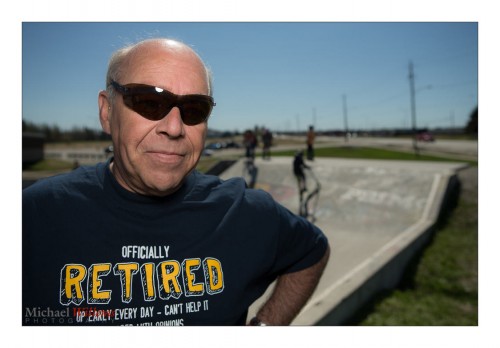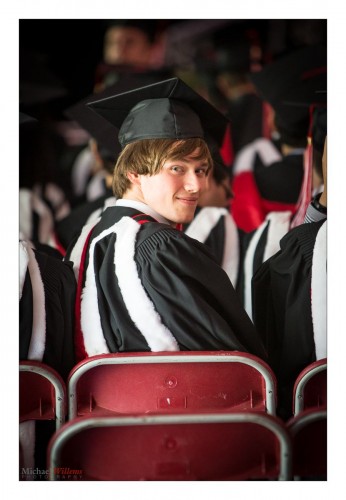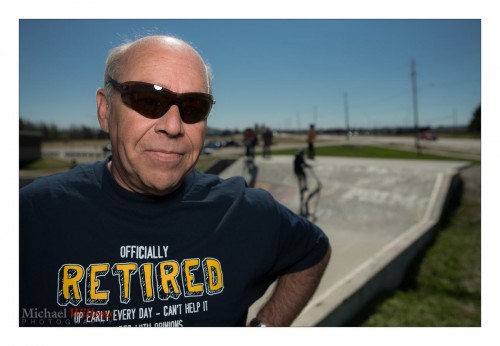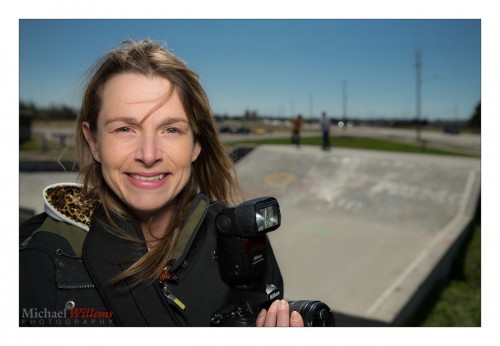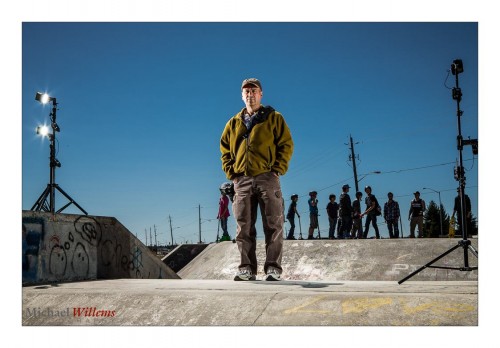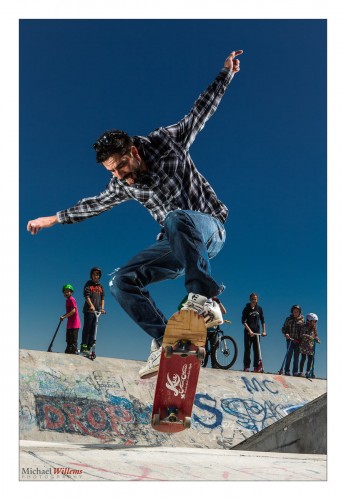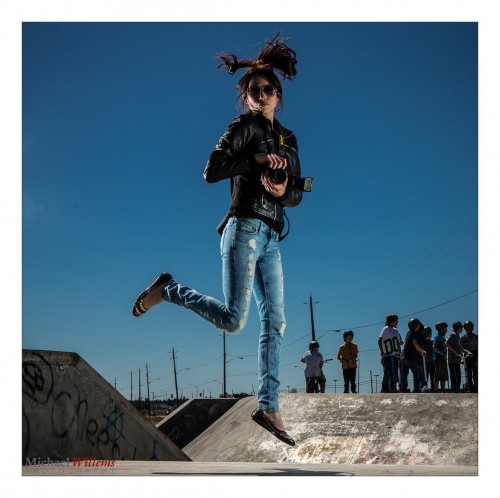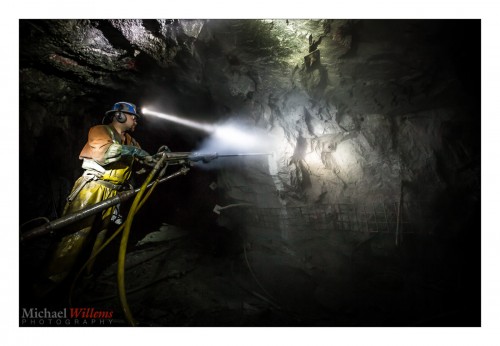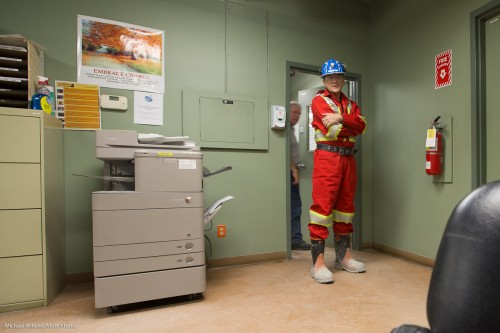Marissa Mayer, Yahoo CEO, said this the other day, when introducing a layout change that makes Flickr look like Windows 8 (ugh):
…there’s no such thing as Flickr Pro, because today, with cameras as pervasive as they are, there is no such thing really as professional photographers, when there’s everything is professional photographers [sic]. Certainly there is varying levels of skills, but we didn’t want to have a Flickr Pro anymore, we wanted everyone to have professional quality photos, space, and sharing.
Thanks. Another reminder of why I dislike Yahoo.
“There is no such thing really as professional photographers, when there’s everything is professional photographers”. Don’t you need to know basic grammar to be CEO? But worse, it is nonsense in terms of content as well.
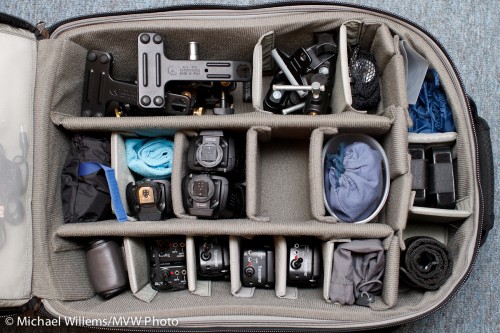
Airport Security V2 Roller Camera Bag
Ubiquity does not mean professionalism. Everyone having pots and pans does not mean everyone is a chef. First, professional just means “makes his or her living at something”, i.e. having it as a profession. And as that sentence may well lead you to conclude, something as a profession means that you are good at it.
In particular, it means that as a professional photographer (and pay attention, Marissa):
- You thoroughly know your craft. Having a camera does not imply that. I would not be a teacher if it did. What does even an advanced amateur really know about exposure, composition, or flash techniques? Unless they have been professionally trained, very little. That’s why I teach (call me!). As a pro, you know more about the interaction of aperture, distance and focal length to create depth of field than most people know about their spouse.
- You have professional grade equipment. No “1:3.5-5.6” amateur lenses, but “1:2.8” lenses or even better, “1:1.4” prime lenses. You have water-sealed cameras. Many flashes: studio strobes as well as speedlights. Yes, many flashes, not just one. (What, you think studio strobes are unnecessary “today”, Marissa?)
- You understand light. This is not a given: it takes a while after you acquire the basic skills, to then understand light.
- You know how to use the latest modifiers and other light-shapers.
- You understand composition. This is not a given: it takes a while after you acquire the basic skills, to then understand composition.
- You know about all types of photography – portraits, fashion, product, studio, event, creative, food, the list goes on.
- You have spares for everything – and I mean everything.
- You are a highly analytical problem-solver.
- You are quick and nimble when problems occur – as they always will.
- You know post-production techniques and software – software like Lightroom and Photoshop, which you have spent many weeks (in the case of Photoshop, months) mastering.
- You have a proven ability to deliver all the above – proof including a good portfolio, and good references.
- And, ah yes, it is a business. Meaning, you need business skills, the ability to (and proven track record to show that you do) deliver in time, the ability to invoice, to write contracts, to be there when promised; to make off-site backups, to charge tax, to budget; you know the law; you understand releases; and so on.
So, yes, Marissa, there certainly IS today “such as thing as professional photographers”. Buying an SLR does not make you a pro. Learning how to use it does, and that takes time. And money. Not that much money today – see www.cameratraining.ca – but it doesn’t happen all by itself, just because Flickr gives you a GB of storage, or whatever.
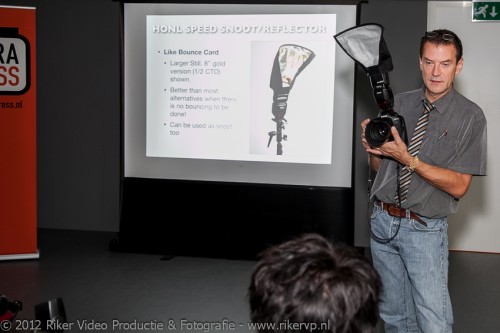
Pros like myself not only find your statement ignorant and insulting, but worse, think that it does a great disservice to the many people who would like pro skills. Yes, you can grow these, and yes, it is rewarding, and yes, you should.
My advice to everyone: don’t listen to Marissa, she apparently knows not whereof she speaks. Instead, read this site every day, take training (call me!), and head out with your camera and shoot, shoot, shoot, and then shoot some more. And don’t forget: have your portfolio reviewed regularly. Yeah, by a pro.




